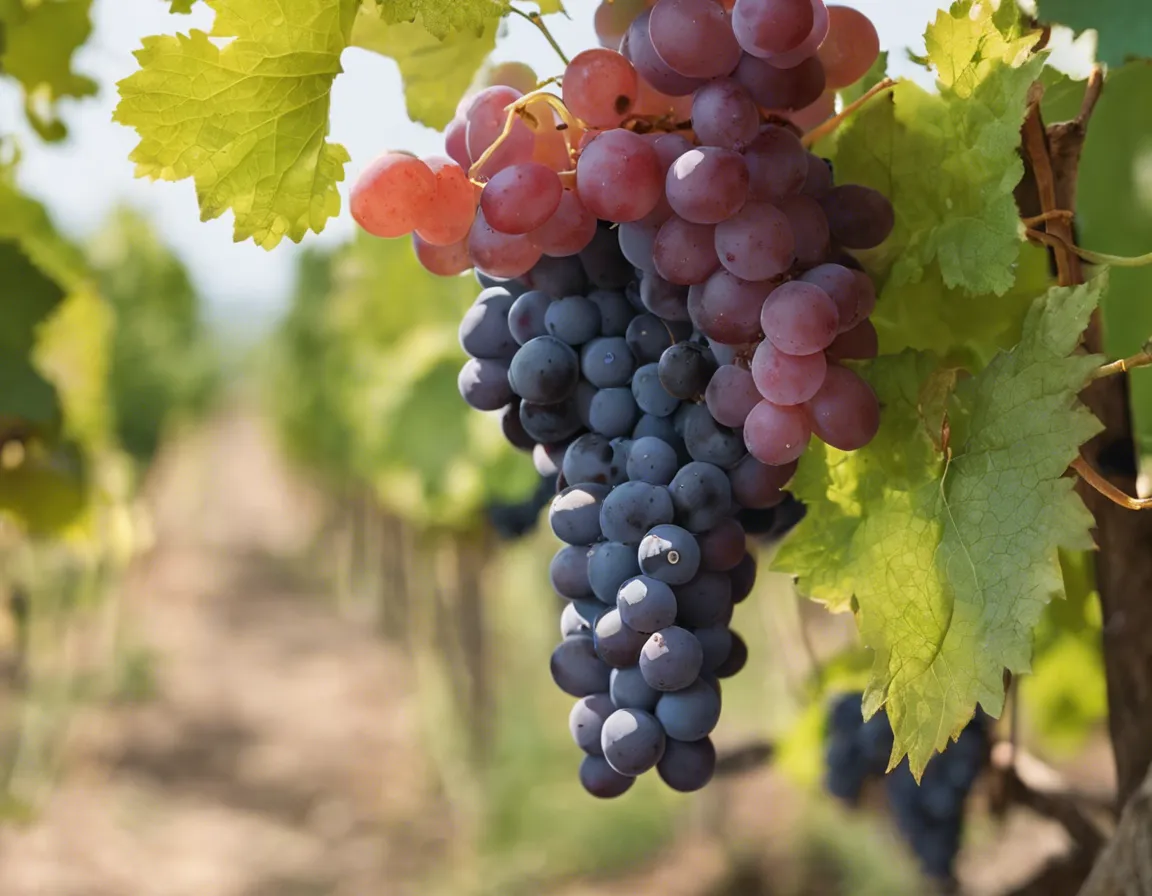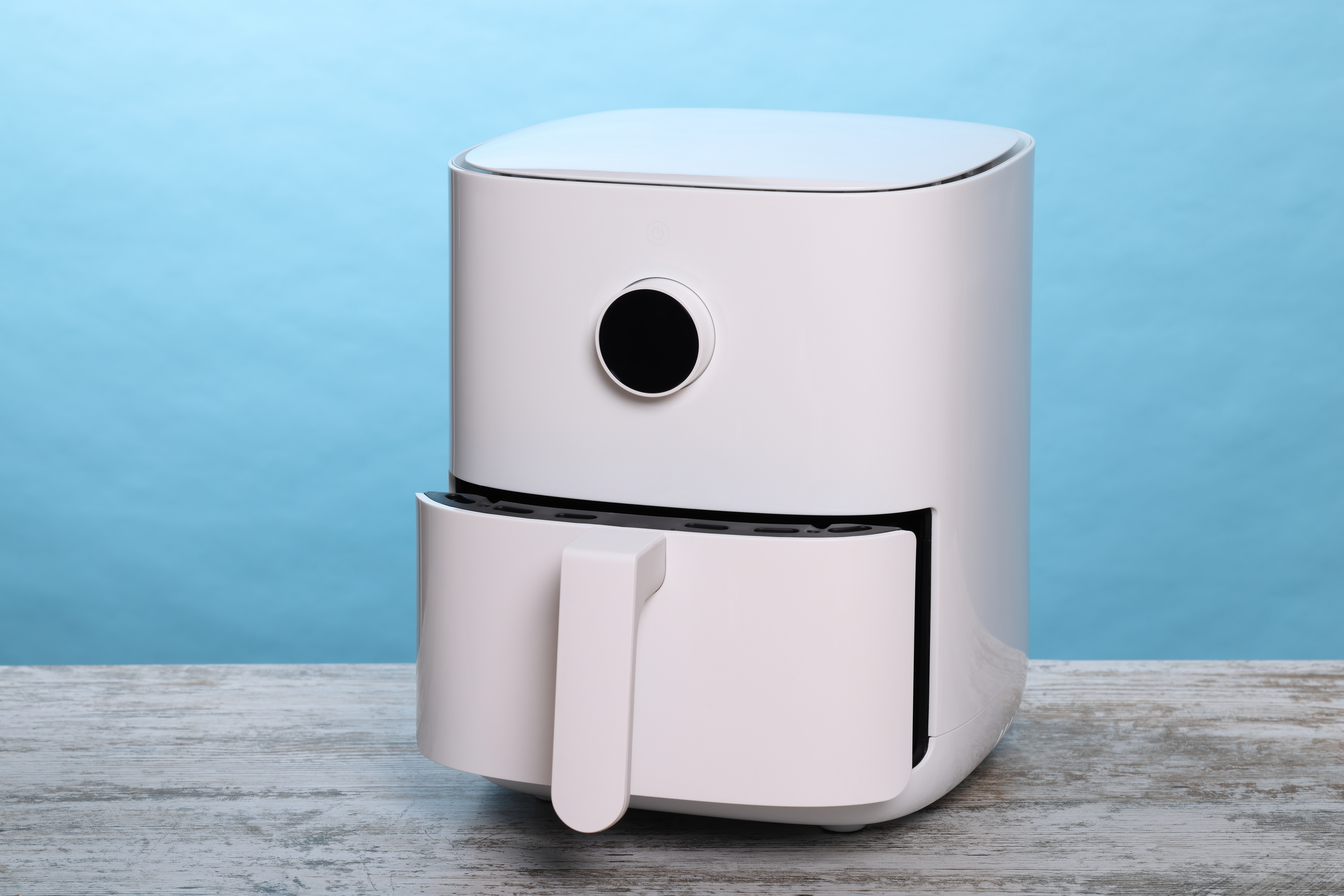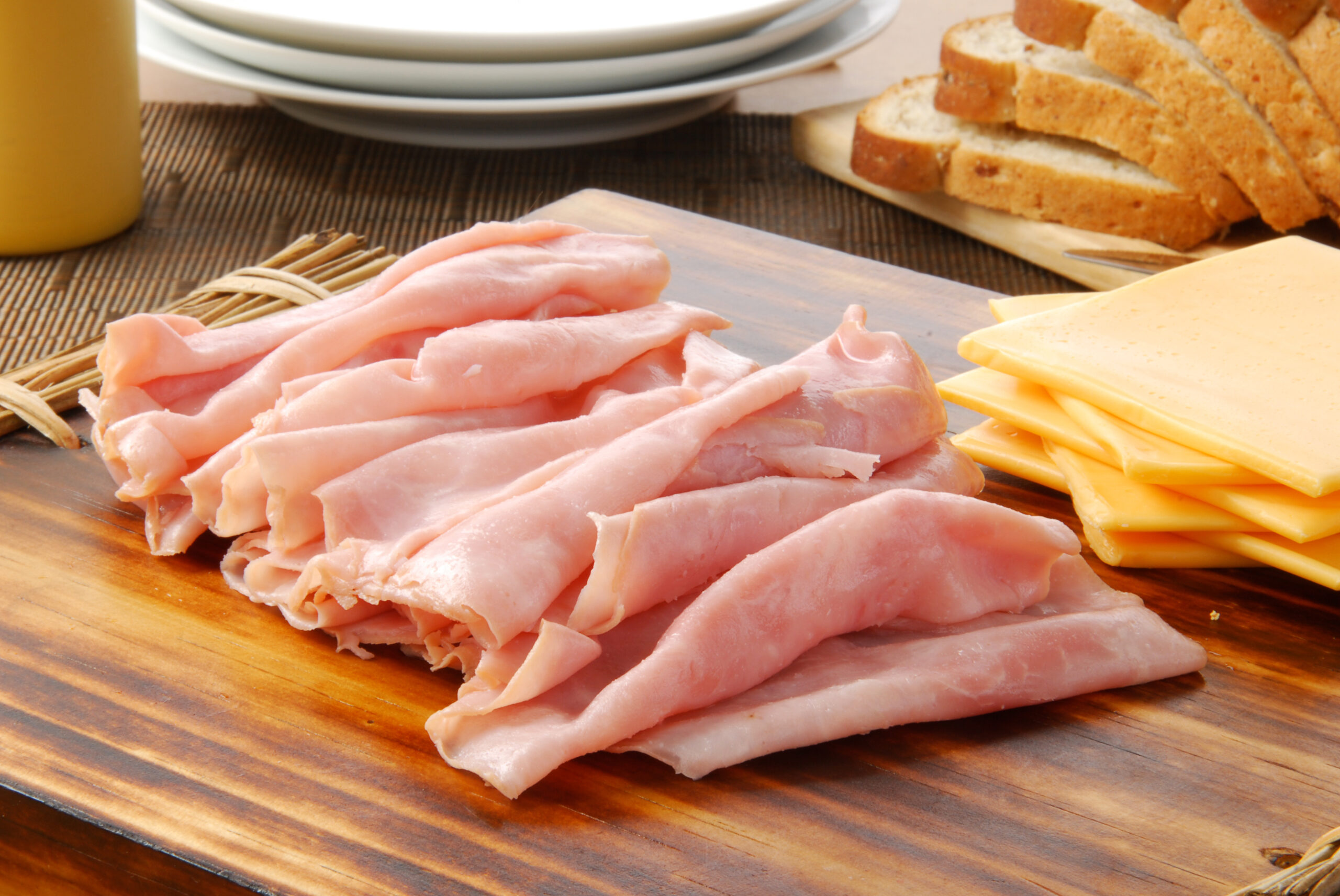Ever wondered how to clean grapes? Dive into the juicy world of grapes with these 20 easy tips. Your snack won’t just be tasty, but also squeaky clean!
Rinse Right Away
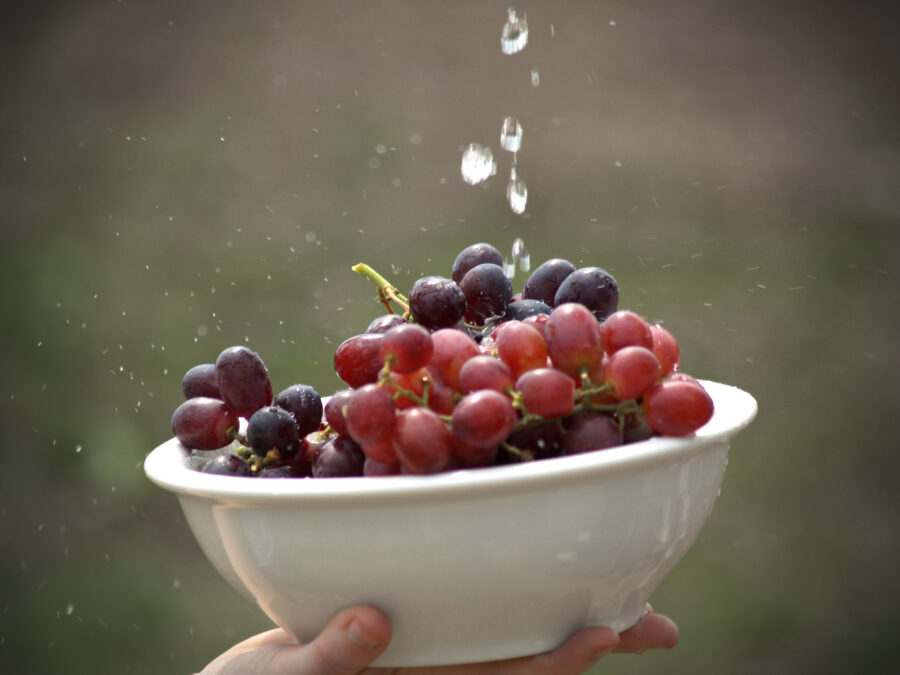
Ever wonder how to efficiently clean grapes? Start with a swift rinse under cold water when you get home. This’ll wash away the day’s dust and residues.
Grapes can carry pesticides. In fact, they’re part of 2024’s Dirty Dozen List. Cleaning grapes right off the bat isn’t just about taste — it’s about health.
Clean grapes mean you’re tasting nothing but their natural sweetness, exactly as nature intended. Plus, it’s a great way to ensure your fruit bowl is always inviting.
Vinegar Soak

Say hello to the vinegar soak method! A simple mix of water and vinegar can work wonders, removing unwanted pesticides and bacteria without compromising the grapes’ natural sweetness.
The secret behind the vinegar soak is in the acidity. This natural cleaner is gentle on the fruits, but tough on the residues that cling to their skins.
It’s all about finding the right balance of water and vinegar. This will ensure that your grapes are impeccably clean without any lingering vinegar taste.
Baking Soda Scrub

A baking soda scrub should be your go-to cleaning solution. This pantry staple is gentle yet efficient, making it perfect for tackling stubborn substances of any kind.
Using baking soda to clean your grapes also keeps them looking fresh and appetizing. It’s a simple, eco-friendly method that cleans without the use of harsh chemicals.
The magic of baking soda lies in its natural abrasiveness, which is just right for delicate fruits like grapes. It’s an easy, quick way to prep your grapes.
Salt Water Dip

Dipping grapes in salt water adds a bit of “sea” to your snack prep routine. It’s like giving your grapes a mini ocean vacation!
When it comes to fresh produce, salt water is a cleaning powerhouse. Soaking grapes in salt water helps remove those pesky residues and unwanted hitchhikers.
Salt water can also enhance your grapes’ taste by balancing natural sweetness with a hint of saltiness. It’s a simple trick for cleaning grapes that’ll elevate your fruit.
Brush Gently
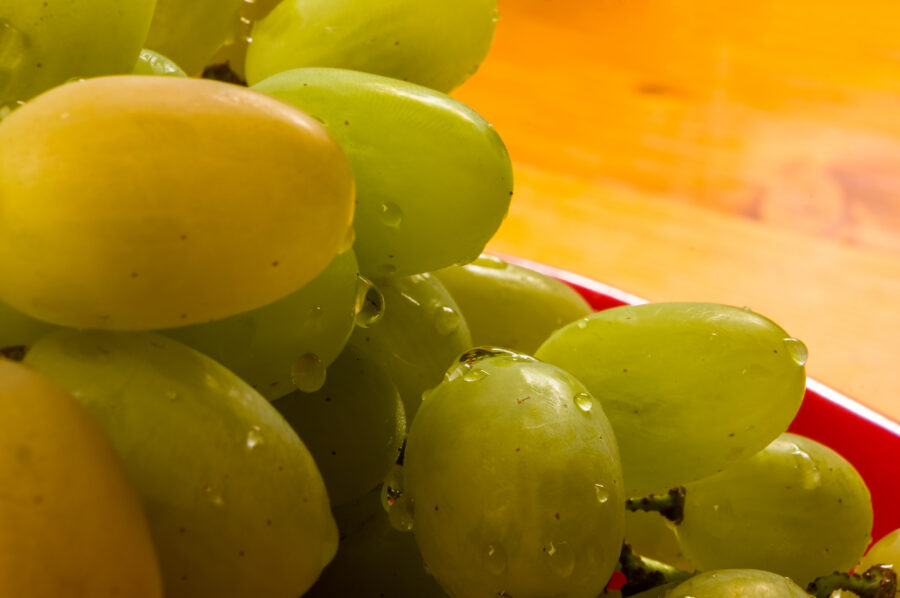
Ever wondered how to clean grapes without squishing them into a fruity pulp? The secret is all in the brush. A soft brush can be your best ally.
Brushes aren’t a necessity when cleaning fruit, though they can help. They’re usually used to scrub away extra dirt. Soft brushes will gently sweep it away.
Why go gentle on these juicy gems? Grapes’ delicate skins can easily bruise, affecting their texture and taste. With a soft brush, you can maintain their condition.
Cold Water Rinse

When you’re rinsing your grapes, make sure to use cold water, not hot. This will revive the grapes, making them irresistibly crisp and refreshing.
After a good scrub, the cold water rinse is a refreshing dip that washes away all the residues. It’s the ultimate step for that perfect grape munching experience.
Why cold water, you ask? Cold water helps in closing the pores of the grapes, ensuring no cleaning agents are left behind.
Dry Them Out
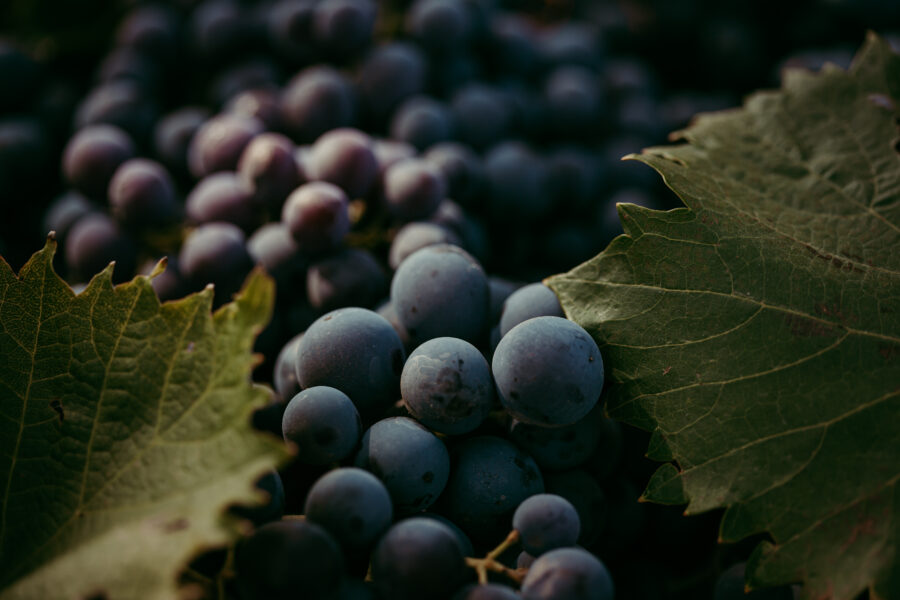
After you’ve mastered how to clean grapes, pat them dry. Use a clean cloth or let them air dry to prevent unwanted mold growth.
Moisture often invites mold to join the party nobody wanted to host. By ensuring your grapes are dry after washing, you’re essentially throwing a wrench in mold’s plan.
Air drying specifically preserves that delightful snap that makes grapes such a satisfying treat. So, remember that the key to preserving your grapes is thorough drying.
Peel for Purity
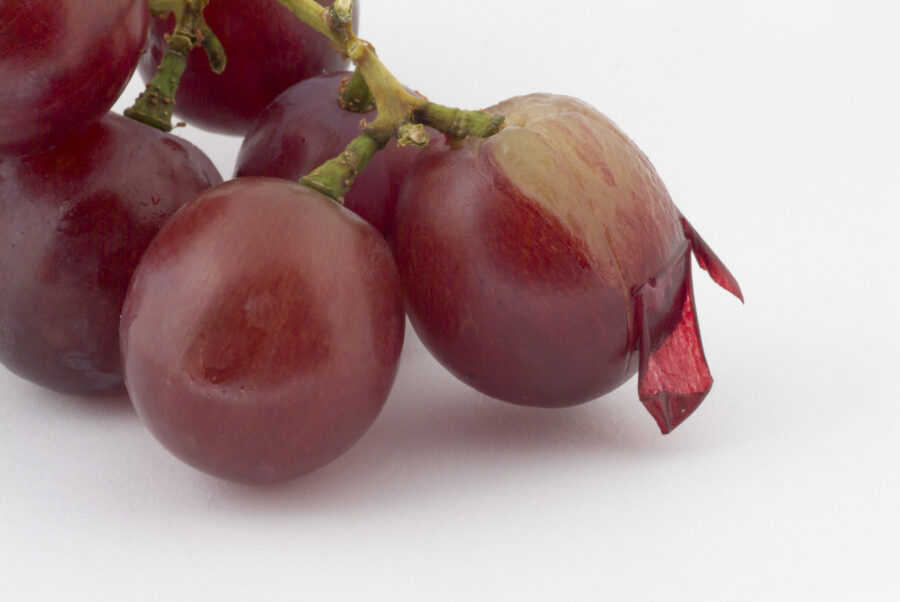
When delving into how to clean grapes, an overlooked step is peeling. For more vulnerable groups like children and the elderly, it’s an added layer of safety.
Peeling grapes might seem tedious, but it’s got big benefits. It can reduce exposure to residues and contaminants that might cling to the skin, even post-wash.
Sure, we all love a crunchy grape. However, if you’re looking for how to clean grapes with an emphasis on purity, peeling is the way to go.
Use a Colander

A colander is your new favorite cleaning tool (if it wasn’t already). Washing grapes under running water in a colander ensures they get a gentle, yet thorough clean.
Using a colander ensures that they’re evenly cleaned. It’s a simple hack, but knowing how to clean grapes properly can make all the difference.
Did you know that properly cleaning your grapes can help them last longer? A quick wash in a colander can make your grapes super fresh.
Organic Wash

When it comes to understanding how to clean grapes, reaching for an organic fruit wash is a fantastic option. They’re specially formulated to remove pesticides, wax, and soil.
If you’re wary of using household items on your fresh produce, an organic wash can be your go-to. It’s an effective way to ensure your grapes are clean.
Using an organic fruit wash helps them retain their natural taste and nutritional value. It’s a small step towards a healthier lifestyle, keeping them free of unwanted chemicals.
Soaking Time

Ever wondered about the secret to perfectly clean grapes? It’s all in the soaking! Taking the time to let your grapes bathe for 5-10 minutes works wonders.
The soaking process is a cornerstone in learning how to clean grapes. It helps in removing dirt and potential residues, making it easier to rinse afterwards.
So, why rush when you can give your grapes the pampering they deserve? The magic of soaking lies in its simplicity and effectiveness.
Rinse in Batches
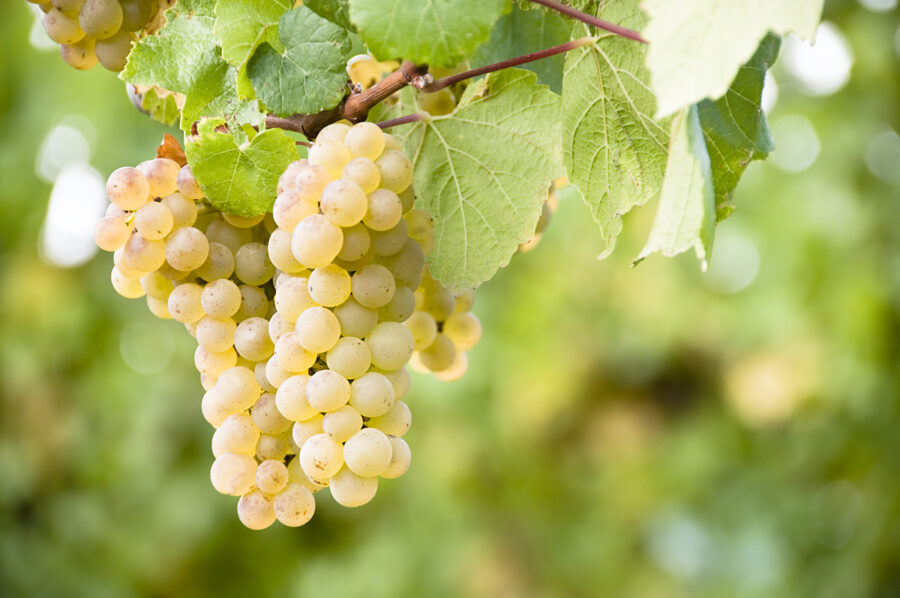
When it comes to how to clean grapes, tackle them in smaller batches. This method isn’t just thorough, it’s a game-changer, ensuring that no grape goes unwashed.
Ever wonder why your grapes still feel gritty even after a rinse? It’s probably because they’re probably still craving that VIP treatment.
This method elevates the simple act of cleaning into an art form. It guarantees that only the freshest, tastiest grapes will be on your table.
Dry on Towel

Once they’re washed and dried, spread them out on a clean towel. This little trick allows air to circulate around each grape, speeding up the drying process.
Laying your grapes out to dry on a towel plays a big role in their longevity. It prevents mold, ensuring that your grapes stay fresher for longer.
Next time you’re cleaning grapes, remember the towel trick. So, always ensure that your grapes are dry before popping them in the fridge to maintain their quality.
Check Each Grape
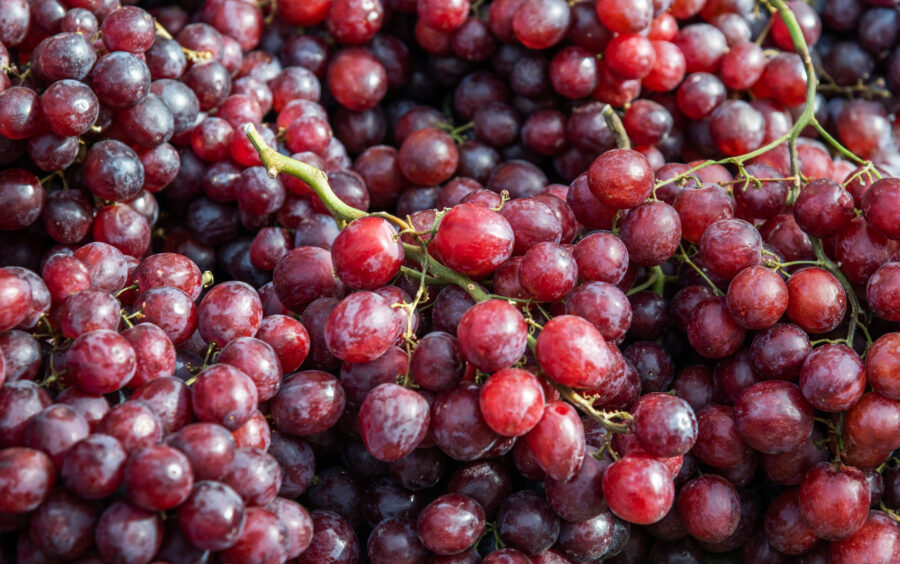
After giving those grapes a good wash, why not play detective? Inspecting each grape may sound like a chore, but it’s a crucial step in cleaning grapes.
Checking each grape post-wash allows you to spot the sneaky, not-so-great ones that might’ve slipped past your initial glance. It’s your ticket to a flawless, juicy snack.
Ever bitten into a grape only to meet a mushy surprise? Yep, we’ve been there. Taking a moment to check each grape helps you avoid these mishaps.
Store Properly

After mastering how to clean grapes, the next step is proper storage. Pop them in a clean container or bag and slide them into the fridge.
You might wonder why fridge storage is key. Well, it’s all about maintaining that just-picked freshness. A chilled environment slows down the grapes’ aging process.
Once they’re clean, storing grapes in the cold is super rejuvenating, ensuring they stay delectably fresh. It’s a simple step with a big payoff for your taste buds!
Use Filtered Water

Using filtered water helps in getting rid of those unwanted chemicals, including chlorine. It ensures your grapes are perfectly pristine and ready for snacking.
When you use filtered water for rinsing your grapes, you’re taking an extra step towards purity. This reduces the chemical load and enhances the grapes’ natural flavor.
So, the next time you’re prepping your grapes, remember to rinse them with filtered water. This easy yet impactful step ensures you’re munching on clean, natural-tasting grapes.
No Harsh Scrubs

When it comes to knowing how to clean grapes, ditching the harsh scrubbers is key. Their delicate skins can easily bruise, affecting both their texture and taste.
Ever wondered why your grapes look a bit lackluster after a rigorous wash? It’s likely because those tough brushes do more harm than good.
Opt for a soft cloth or a gentle stream of water to do the trick. This way, you preserve their natural bloom—a waxy coating that keeps them fresh.
Discard Bad Grapes

When diving into how to clean grapes, always be a picky eater. Discard any bruised or moldy grapes that look like they’ve seen better days.
Tossing out the bad ones is crucial. One moldy grape can completely spoil the bunch. Keep those fruits pristine for a scrumptious, healthy snack.
One bad apple — or should we say grape — really does spoil the barrel. Part of knowing how to clean grapes involves being ruthless with the rejects.
Enjoy Immediately

So, we’ve already established that a thorough wash can remove surface pesticides, enhancing both safety and taste. Grab that bunch and get ready for a juicy cleanse!
However, once your grapes are clean, when can you enjoy them? Well, the best time to eat grapes is immediately after cleaning, since they’re at their peak freshness.
Post-cleaning, grapes are a treasure trove of hydration and vitamins, ready to be devoured. Clean ’em and enjoy — your taste buds and body will thank you!
Share the Tips

Cleaning grapes effectively is easier than you might think! All it takes is a little bit of water, some baking soda, and a gentle scrub.
Sharing the secret on how to clean grapes with friends and family introduces a fun and engaging activity for all. Turn grape cleaning into a mini science experiment!
Knowing how to clean grapes properly is crucial for ensuring they’re safe to eat. By passing along these easy-to-follow tips, you’re spreading the joy of eating fresh grapes.

